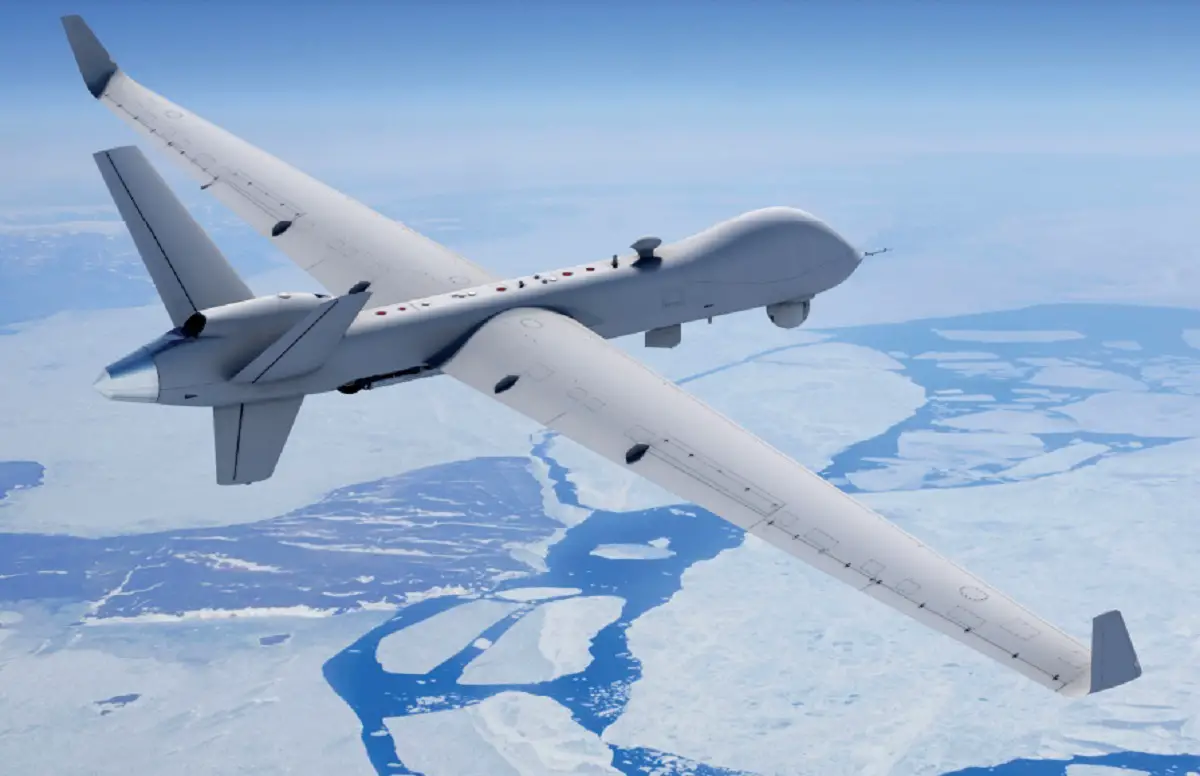The Arctic region is undergoing a profound transformation driven by environmental shifts and geopolitical dynamics, prompting a surge in activity and competition among nations. As maritime traffic rises along newly navigable routes and the accessibility of natural resources increases, the strategic importance of the Arctic becomes more pronounced. However, this surge in activity also brings forth challenges such as illegal shipping, fishing activities, and the expanding military presence of Russia and China, highlighting the urgent need for effective surveillance and intelligence-gathering mechanisms. In response to these challenges, General Atomics Aeronautical Systems, Inc. (GA-ASI) has developed the MQ-9B SkyGuardian®/SeaGuardian® remotely piloted aircraft system (RPAS), poised to play a pivotal role in enhancing Arctic security. With its sophisticated sensors and advanced data processing capabilities, the MQ-9B offers real-time intelligence gathering across air, ground, surface, and subsurface domains.
One of the key advantages of the MQ-9B is its ability to operate in harsh Arctic conditions without compromising performance. Equipped with a state-of-the-art anti-ice/de-ice system, the MQ-9B can function effectively even in extreme cold weather, ensuring reliable performance during critical missions. GA-ASI’s successful Cold Weather Validation (CWV) further underscores the system’s readiness for operations in cold climates, making it an attractive option for Arctic nations seeking to enhance their defense and security capabilities. A significant aspect of the MQ-9B’s capabilities lies in its utilization of satellite communications, enabling seamless connectivity and operations in high latitude regions. By leveraging low Earth orbit satellites, the MQ-9B ensures continuous communication links, allowing operators to remotely pilot the aircraft from thousands of miles away. This capability was demonstrated through a historic flight beyond the Arctic Circle, showcasing the MQ-9B’s versatility and adaptability to challenging environments.
Moreover, GA-ASI’s commitment to regulatory compliance and safety standards is evident through the MQ-9B’s full compliance with STANAG-4671, the NATO UAS airworthiness standard. This certification, coupled with the system’s collision-avoidance radar, facilitates its integration into civil airspace, further expanding its operational capabilities and versatility. The MQ-9B’s capabilities have garnered significant interest from nations around the world, with several countries, including the UK and Belgium, already incorporating it into their defense programs. Additionally, the MQ-9B has been leased by organizations such as the Japan Coast Guard, underscoring its appeal and versatility across various domains.
As the Arctic continues to evolve as a theater of strategic competition and environmental change, the role of advanced surveillance and intelligence-gathering capabilities becomes increasingly vital. GA-ASI’s MQ-9B stands at the forefront of this paradigm shift, offering a cost-effective and reliable solution to address the security challenges of the Arctic region, while minimizing risks to human lives. With its proven capabilities and operational flexibility, the MQ-9B is poised to shape the future of Arctic surveillance and security, ensuring stability and resilience in this critical region. This capability allows for continuous surveillance, enabling timely responses to emerging threats and activities in the region.
Over the Arctic, #MQ9B can detect air, ground, surface, and subsurface targets of interest, including surveillance balloons, maritime vessels, and submarines, and then feed real-time intel to military and civil authorities around the world.
??Learn how: https://t.co/Spnt3ESB9M pic.twitter.com/J32BCuUeXE
— GA-ASI (@GenAtomics_ASI) March 15, 2024















